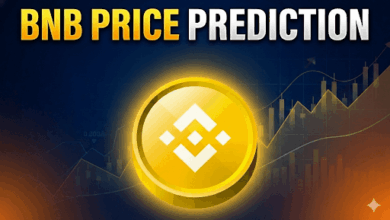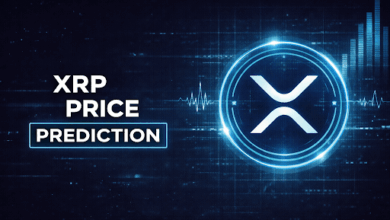Ethereum Foundation Revamps Grants Program Ahead of Upgrade
Ethereum Foundation shifts to wishlist and RFP model before Dec. 3 Fusaka upgrade.

- Ethereum Foundation replaces open grant model with RFP and wishlist.
- Move aims to align funding with network priorities.
- Change comes ahead of the Fusaka upgrade on December 3.
The Ethereum Foundation has announced a major update to its grants program, replacing the traditional open-ended application model with a more focused approach. This shift introduces a wishlist and request-for-proposal (RFP) model, guiding developers toward specific areas the foundation wants to prioritize.
Previously, teams and individuals could submit general grant applications for Ethereum-related projects. However, under the new model, the Foundation will list areas of interest (the “wishlist”) and invite specific proposals via RFPs. This method is designed to streamline funding toward the most pressing needs and opportunities in the Ethereum ecosystem.
This change reflects a growing trend in the crypto space: allocating resources where they can have the highest impact. By shifting to a more guided structure, the Ethereum Foundation is signaling its commitment to long-term sustainability and community-aligned innovation.
Why the Change Now?
The timing of the grants overhaul is no coincidence. It comes just ahead of Ethereum’s Fusaka upgrade, set to go live on December 3. The upgrade is expected to bring performance and scalability enhancements, making it a crucial milestone in Ethereum’s roadmap.
By introducing the new grants model now, the Foundation aims to ensure that developer efforts align with the network’s post-upgrade goals. This also allows for targeted improvements in protocol development, tooling, infrastructure, and public goods that can help Ethereum scale more efficiently.
Grants will now support projects that directly contribute to Ethereum’s advancement, particularly in areas such as zero-knowledge proofs, decentralized infrastructure, and Layer 2 integrations.
A More Strategic Future for Ethereum Development
This strategic move not only improves transparency but also helps developers and teams better understand how they can contribute meaningfully to the Ethereum ecosystem. Instead of guessing what might be fundable, applicants now have clearer direction and greater alignment with Ethereum’s long-term vision.
The new wishlist and RFP model reflects a more mature and intentional phase of Ethereum’s growth. As the blockchain space becomes more competitive and complex, ensuring that development efforts are well-targeted is critical to Ethereum’s continued success.



